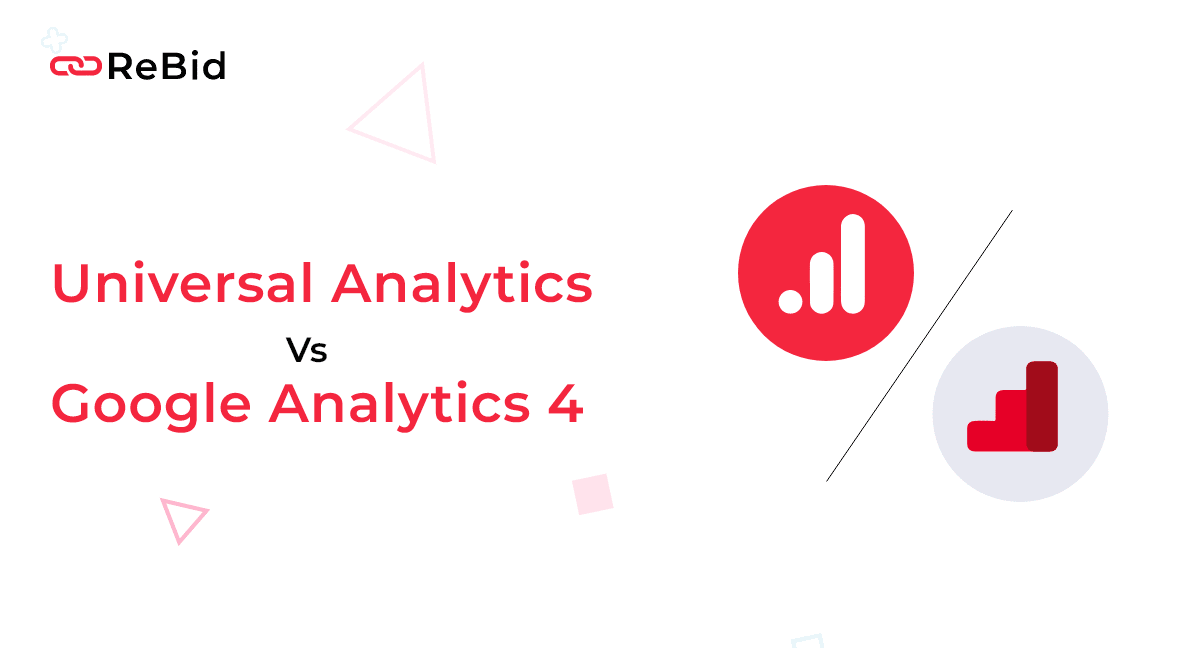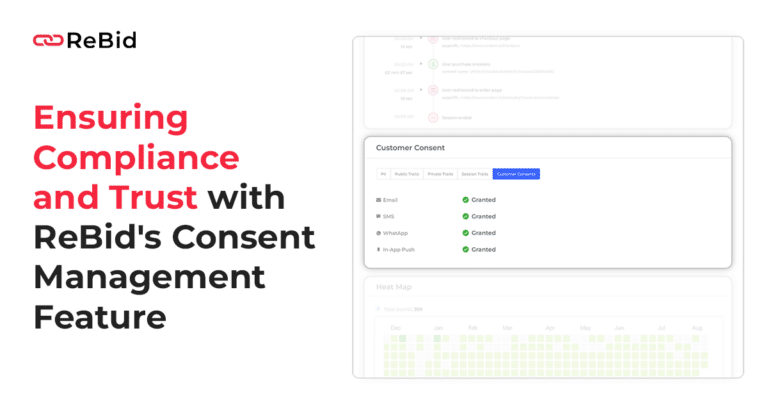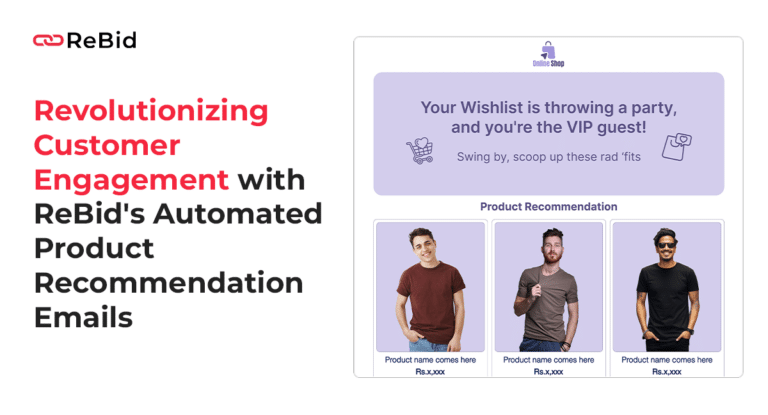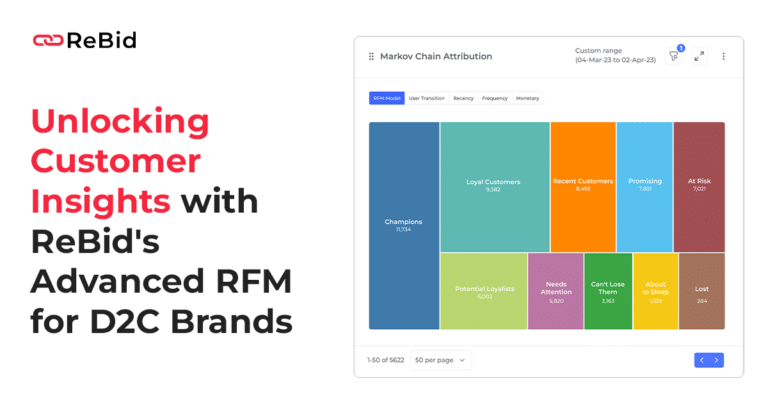Do you remember the mid-2000s? Bloggers were diving into Google Analytics for the feel-good factor about all those visits from around the world! Digital marketers, too, at the time, had just started using Google’s pathbreaking simple interface to understand their website visitors and more. It feels weird, doesn’t it, that it has only been a little over a decade, but web analytics has turned on its head? Today, we are here comparing Universal Analytics Vs. Google Analytics 4. It’s an indication of evolution, if there ever was one – both of internet assets and its consumers.
A little background about Universal Analytics vs Google Analytics 4 (GA4 vs UA)
Google launched Google Analytics 4 (GA4) in the fall of 2020, in the middle of the pandemic. We think it was well-timed – consumers worldwide were spending so much more time on the Internet than ever before. As a result, their digital journeys were changing, and brands needed a better handle on them. With this announcement, there was hearsay that Google Analytics 4 would eventually replace Universal Analytics. The last version of GA4, launched in 2012, enhanced cross-platform tracking, flexible tracking codes for device-based data collection, and introduced custom metrics and dimensions.
Why should you care about GA4? Because in early 2022, Google also announced that GA4 would fully replace UA as the default analytics platform. UA crumbles on 1st July 2023, giving digital marketers a little under a year to prepare for this significant change.
But before we get to how this change will impact your digital advertising and measurement processes, let’s first figure out what GA4 is.
What is Google Analytics 4?
By definition, GA4 is the top-recommended Google platform for analytics. It enables digital marketers and other relevant business stakeholders to access a single platform to understand the visits and behaviors on their app and web properties.
We believe GA4 is a step forward in preparing digital marketers and advertisers for the cookieless future. Considering the rising demands for consumer data privacy, GA4 relies on event-based data for analytics and measurement, replacing the cookie-based UA.
Google Analytics 4 Vs. Universal Analytics – what’s changing?
Everything, if we told you the truth. It appears that Google Analytics 4 addresses the advertising and marketing ecosystem’s demand for omnichannel transparency and measurability.
With interventions across the view of the user journey, measurement, and reporting, GA4 looks better prepared for the omnichannel brands and customers of 2022 and beyond.
Omnichannel view of the user journey
The most significant shift from UA to GA4 is that Google Analytics 4 considers the modern users’ omnichannel, cross-device journey. In UA, each user was counted as a unique visitor across every platform. So even if the same customer visited your brand website and your app, UA would count them as two different users.
GA4 turns this around its head, helping brands and marketers get a more substantial, holistic insight into every single user’s cross-platform and cross-device journey. This will power a more decisive single view of the customer.
Brands will now have a better view of their customers researching and learning about their products and services and how and where they shop. This strengthens modern-day attribution and empowers brands to ensure their presence in their customers’ essential buying and decision-making moments across different platforms.
Brand-new measurement parameters based on “events”
In the days of UA, analytics and measurement were based on page views and events. But on GA4, every single user interaction is an event. This means a click, page view, or conversion – everything is recorded as an event.
GA4 further categorizes events for a deeper understanding of the user journey. This includes automatically collected events, recommended events, and custom events. What are these? Let’s see –
- Automatic events, tracked automatically through GA4 base code
- Recommended events, or Google-recommended events, based on your industry sector. For example, ecommerce recommended events explicitly designed for eCommerce stores and brands
- Custom events, giving GA4 users more power to create and implement events that suit their measurement and analytics. However, the number of these events is limited to 500
Replacing event categories, actions, values, and labels, Google has now introduced 25 user properties that can be utilized for each such event. What the GA4 user needs to do for a seamless view of the user journey is to use consistent event names, parameter names, and values across web and app assets. Google has also made it critical to register each parameter in the reporting UI.
When measurement and attribution are changing, can reporting changes be far behind?
UA reports were categorized as Realtime, Audience, Acquisition, Behavior, and Conversions. That is changing now with GA4. GA4 reporting categories include Users, Demographics, Behavior, Ecommerce, and Technologies. Beyond these new categories, GA4 also introduces graphical and chart-based data representation to replace drill-downs. But users continue to have access to dropdowns to view additional details on each measurement parameter.
No more monthly limits
UA’s free version restricted analytics to a monthly hit limit of 10 million. But this restriction no longer exists with GA4.
This is a significant shift, democratizing data collection for brands of all sizes, no matter how many website and app hits they get per month.
GA4 – other essential features you should know
If you thought this was all, let us tell you that Google is pushing the envelope for digital marketers, putting customer data and privacy at the core.
For example, GA4 offers a real-time report to review customer data from the last 30 minutes.
ReBid Insights, a customizable CDP, is prepared for the new world that GA4 is ushering in. Interconnect your data streams and make better decisions. Request a demo – TODAY
GA4 also stays flexible and future-proof for changing privacy regulations, giving you a more robust foundation for the data from your customer data platform. Further, GA4 is more tightly integrated with Google’s ad platform. If used correctly with a powerful CDP, it can lead to more robust measurement, analytics, and attribution across your campaigns.
GA4 is designed for the age of AI and ML. With its machine learning capabilities, we expect GA4 to provide deeper churn insights and traffic comparison across your platforms and assets.
How to make the most of GA4 – recommendations from ReBid
Dramatic shifts like UA to GA4 come once in a decade. With the cookieless future already awaiting marketers, we believe 2022 is a crucial year to take stock of your entire data and tech stack. Remove and replace traditional platforms that don’t integrate with GA4. And while you are at it, drop the non-performing tools and platforms that are simply bloating your stack. You don’t really need all of it.
We believe this development is a fresh opportunity for contemporary marketers to take a renewed approach to GA4 and data and tech stack integration. While GA4 will continue to be a critical component of your data and analytics suite, break the walled garden barriers with a vendor-neutral platform for data collection and orchestration.
We are excited about the future of digital advertising measurement and attribution with GA4. This is why we have integrated GA4 into ReBid Insights, your very own customizable CDP.
ReBid Insights makes data sharing with GA4 a one-click, no-code affair. This means a continuous, holistic view of your website and app users, insight-led targeting and campaigns, and more robust measurement and attribution.





